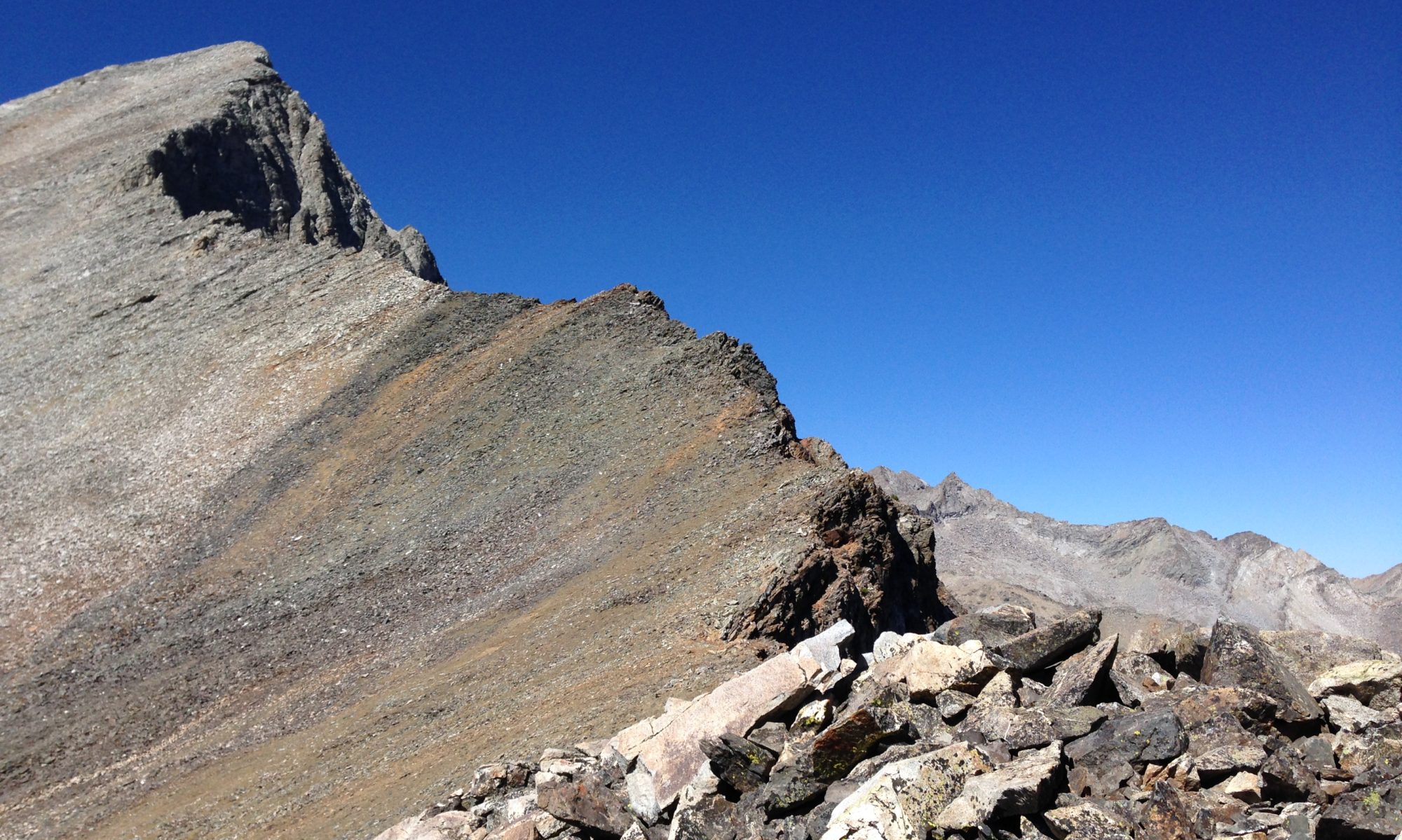I liked these reminders that Peggy Holman sent to the OSLIST recently. I think they translate well, beyond the practice of OpenSpaceTech facilitation.
…[some] aspects I think are making a difference for me:
1. Defining the Law of Two Feet as “taking responsibility for what you love”. I no longer talk about the Law of Two Feet as passion and responsibility. While basically equivalent, there’s something very powerful about this framing — it is highly actionable for both individuals and groups.
2. Using silence in the plenary. Morning announcements, evening news, I always begin with silence. This is really subtle and yet I know it matters. It seems to connect people with themselves, each other, and the whole.
3. Time and diversity. These old friends really matter. Two and a half days or more. Time to cook is so vital when dealing with complexity. PLUS bringing together unlikely mixes of people — the whole system — prepares the soil for the unexpected. The more creative the definition of the system the better!
4. Setting bold intention. The more ambitious the purpose, the more the potential energy to transform it contains. It may seem obvious, but I often find myself coaching sponsors to be daring.
I think these aspects bring qualities to the work of creating a fertile field that up the likelihood for good things to happen.
I especially like the first one. Open Space is most definitely, and essentially, about taking responsibility for the things we love… and then letting the rest of the clutter fall away.
